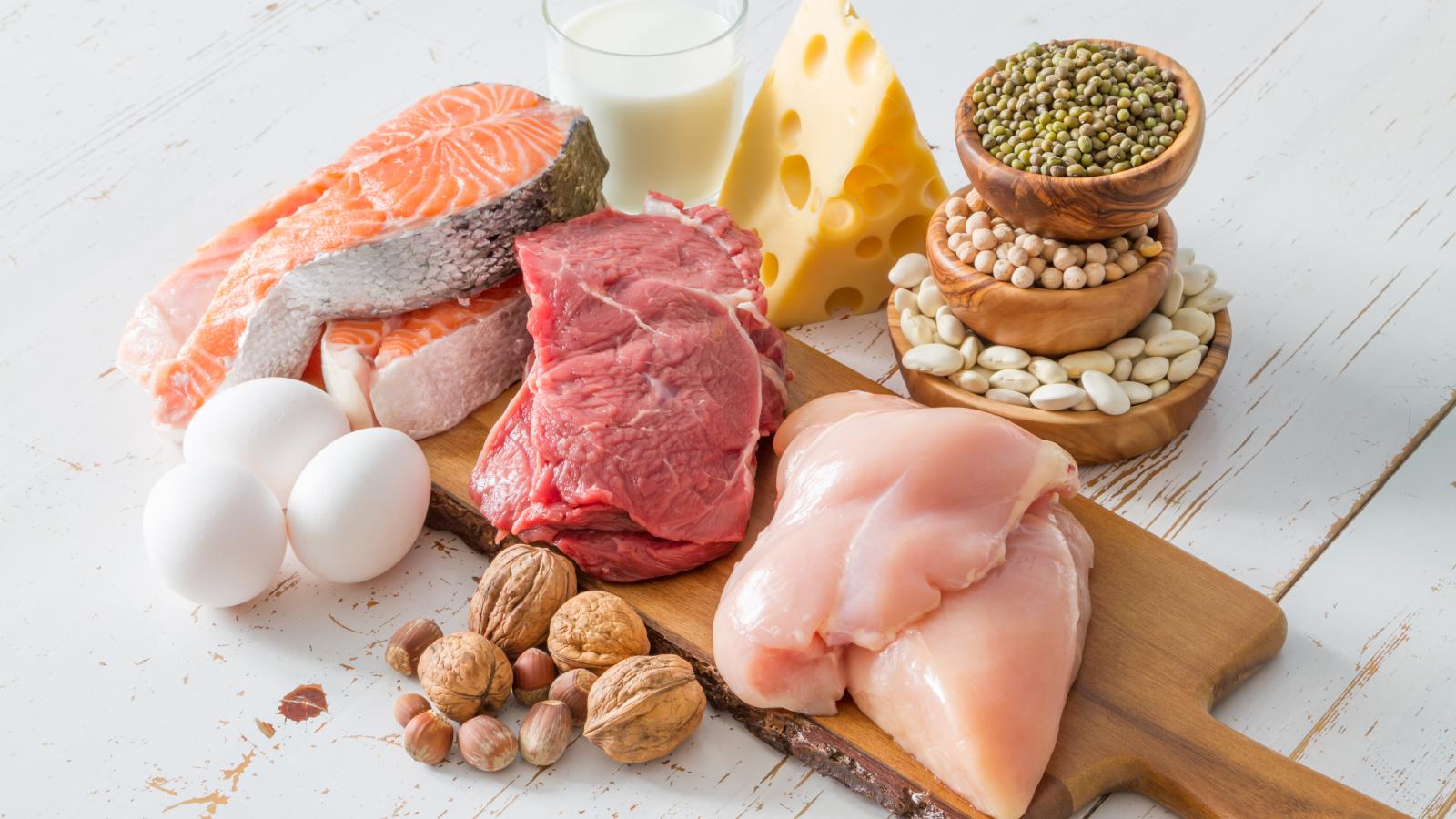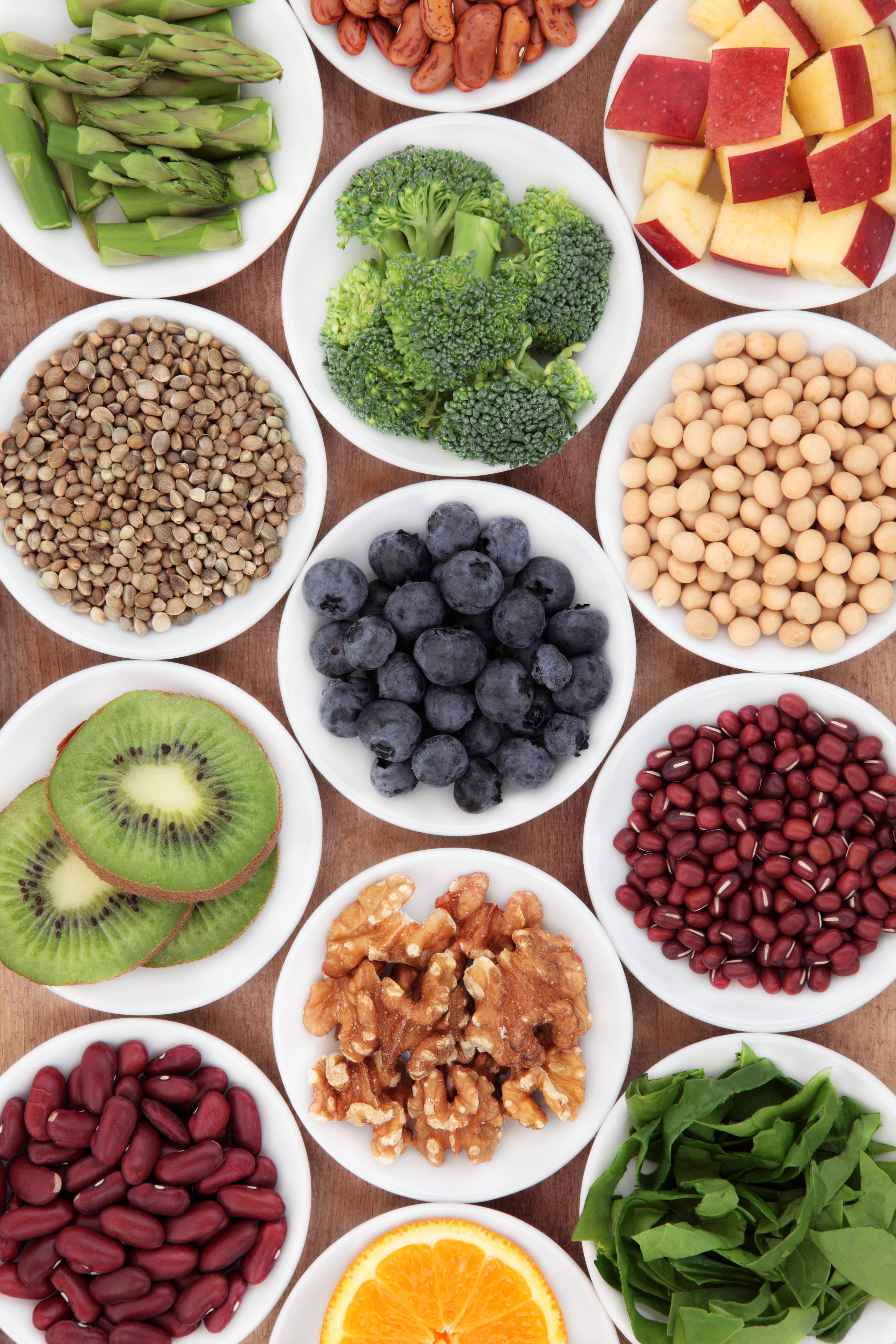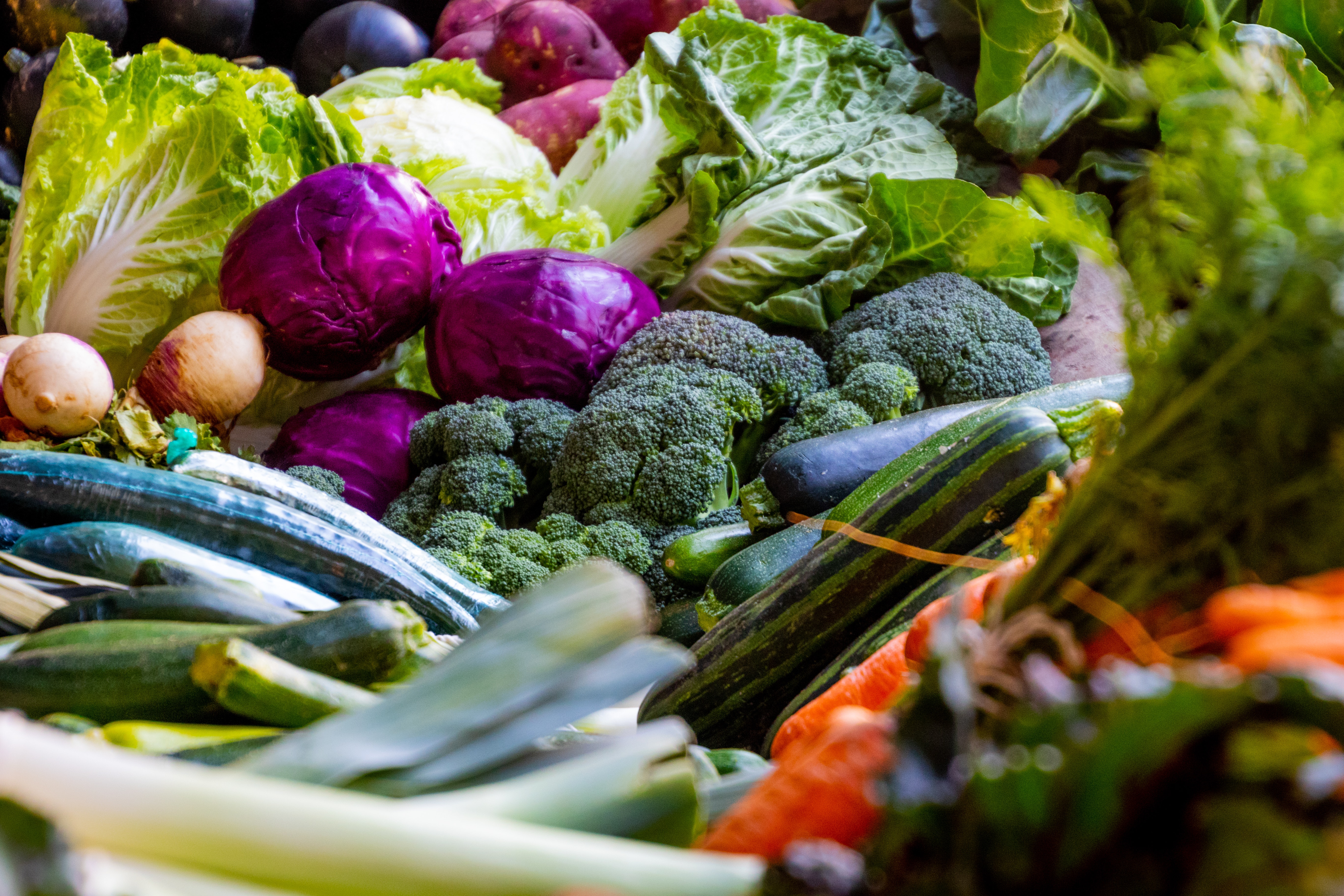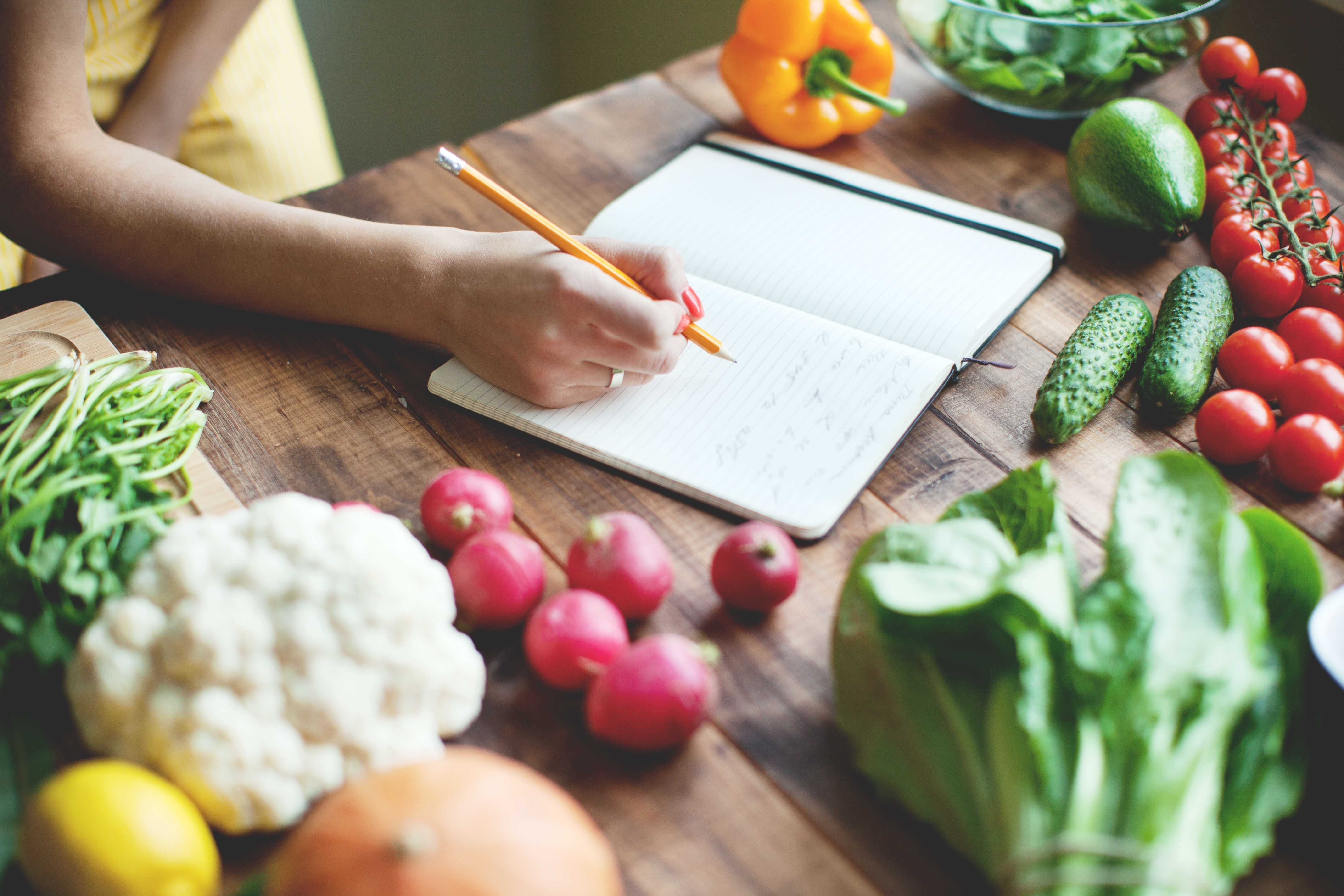Build-up diet for cancer patients

If you’re underweight or have a poor appetite, your doctor, nurse and dietitian may advise you to follow a diet high in protein and energy (calories) to help you to build up your strength.
General tips for building yourself up
- Eat nutritious snacks and meals regularly during the day rather than 3 main meals – eat every 3 hours / 4-6 times a day.
- Make the most of your appetite to eat nutritious, high-energy foods and drinks.
- Avoid diet or low-fat versions of food.
- Add fats and calories by using full-fat dairy products, oils and frying or roasting some foods.
- Ask your doctor or dietitian about build-up drinks.
- Try to plan ahead so you have the right foods at home.
It may seem strange to be told to eat more calories, but cancer and its treatment can put extra demands on your body. Eating a high-protein, high-energy diet can help you to maintain your energy, support your immune system, reduce the risk of complications such as infections and falls and help you recover from your treatment.
Which foods have a lot of protein?
Good sources of protein include:
- Meat
- Fish
- Eggs
- Dairy products like milk, cheese and yogurt
- Tofu
- Nuts
- Pulses such as beans, peas and lentils
Tips to get more protein
Try to include protein in at least 2 meals per day, rather than only at 1 meal.
- Eat more hard and soft cheeses. Add them to food where possible.
- Use full-fat milk as a nutritious drink. Use it to also make smoothies and in cooking whenever possible.
- Add high-protein milk or yogurt to drinks, fruit and cereals.
- Add chopped hard-boiled eggs to salads, vegetables, casseroles. Avoid raw eggs.
- Add nuts, seeds and wheat-germ to your food. Add to casseroles, salads, breads, biscuits.
- Add chopped meat or fish to vegetables, salads, casseroles, soups, baked potatoes.
- Add hummus to sandwiches and salads or have with crackers.
- Eat more beans, lentils and peas. Add to soups and casseroles.
Which foods have a lot of energy (calories)?
Foods that are high fat tend to have the most calories. This means foods like butter, oil, cream, nuts and cheese.
Tips to get more calories
- Add butter or olive oil to soups, mashed and baked potatoes, sauces, cooked vegetables, rice.
- Add whipped cream or full-fat yogurt to desserts, puddings and fruit.
- Add cream to soups, sauces, custards, cereals. It can also be added to mashed potatoes and puréed vegetables.
- Add cheese to casseroles, potatoes, vegetables, omelettes, sandwiches.
- Sauté or fry foods if you can tolerate them.
- Add sauces or gravies to your food.
- Add ground almonds or other nuts to porridge, cereals or desserts.
- Add hummus, guacamole, nut butter or cream cheese to sandwiches or as a snack with crackers.
Breakfast ideas
- Scrambled, poached, boiled or fried egg with bread and full-fat spread or butter
- Avocado on toast
- Porridge with full-fat milk / cream and tinned fruit, for example, prunes, peaches, pears
- Full-fat yogurt, oats and fruit, topped with nuts or seeds
- Toast with peanut or another nut butter, or jam and butter
- Fried bread or French toast (bread dipped in beaten egg and fried)
- Cheese and spinach omelette
- Granola/muesli with milk or yogurt with nuts
Lunch ideas
- Meat, chickpea or lentil-based soup – add cream or coconut milk to normal soup to add calories
- Sandwich or roll filled with chicken, egg mayonnaise, tuna, nut butter, hummus, sliced meat or non-meat alternative. Have mayo or butter/full-fat spread to add calories
- Baked beans on toast – butter the toast and add cheese for extra calories and protein
- A mixed salad with meat, cheese or vegan protein. Add avocado and seeds for extra protein, healthy fats and nutrients
- Macaroni cheese with tomato and bacon / non-meat alternative
- Bagel with full-fat cream cheese and smoked salmon
Dinner ideas
- Roast or fried meat or fish. Salmon and other oily fish like mackerel and sardines are particularly nutritious
- Vegetarian or vegan burger or sausages
- Pasta with creamy sauce or tomato and vegetable sauce, with plenty of cheese
- Casseroles and stews – add meat, beans or lentils for extra protein and nutrition
- Shepherd’s pie or vegetarian/vegan alternative using beans / lentils
Add butter, cream or olive oil to any vegetables you have with your dinner. For example, creamed spinach, buttered carrots or buttered sweetcorn. Fry or roast potatoes or sweet potatoes, or add butter or cream to mashed or boiled potatoes.
Dessert ideas
- Fresh fruit salad with cream or ice cream
- Bananas and cream
- Fruit pie and custard
- Rice pudding
Snack ideas
- Olives, nuts and seeds
- Dips made with cheese or yogurt, such as guacamole, cheese and chive dip, hummus
- Cheese. For example, mini cheese portions, cheese slices
- Breakfast cereal / porridge with lots of toppings – cream, jam, stewed or tinned fruit, nuts and seeds
- Toast with sardines, baked beans or nut butter
- Hot chocolate or milky coffee made with full-fat milk
- Ice cream
- Milkshakes
- Fruit bread or scones with butter or full-fat spread and jam
- Quiche
- Sandwiches or jacket potatoes filled with tuna, chicken or eggs with mayonnaise, cheese, smoked or tinned salmon
- Smoothies made with yogurt or full-fat milk
- Full-fat yogurt or fromage frais. For example, Greek-style yogurt. Add seeds or dried fruit
Build-up drinks or nutritional supplements
You can further supplement your diet by taking a nutritious drink between your meals. Over time the protein and calories in these drinks can help you put on weight. Also, your energy levels may improve and make you feel better.
You can either make one at home or get them from your local pharmacy. Your doctor or dietitian can recommend and prescribe a suitable one. There is a wide variety of types and flavours available. For example, milky, fruity or yoghurt-style drinks. Some are 'shots', while others are bigger drinks.
However, not all drinks are suitable for everyone, so make sure to consult a health professional before trying one. For example, some are not suitable if you have diabetes, kidney failure or other medical conditions.
This high-protein, high-calorie milk can be used for milky drinks such as lattes, smoothies, milkshakes. It can also be used to make soup stock or in porridge and cereal.
Alternatively you can buy high-protein milk in supermarkets.
- Take 1 pint of full fat milk
- Add 3-4 tablespoons of skimmed milk powder
- Mix well with whisk or in blender.
- Store in the fridge for up to 3 days.
For more information
Phone
1800 200 700



